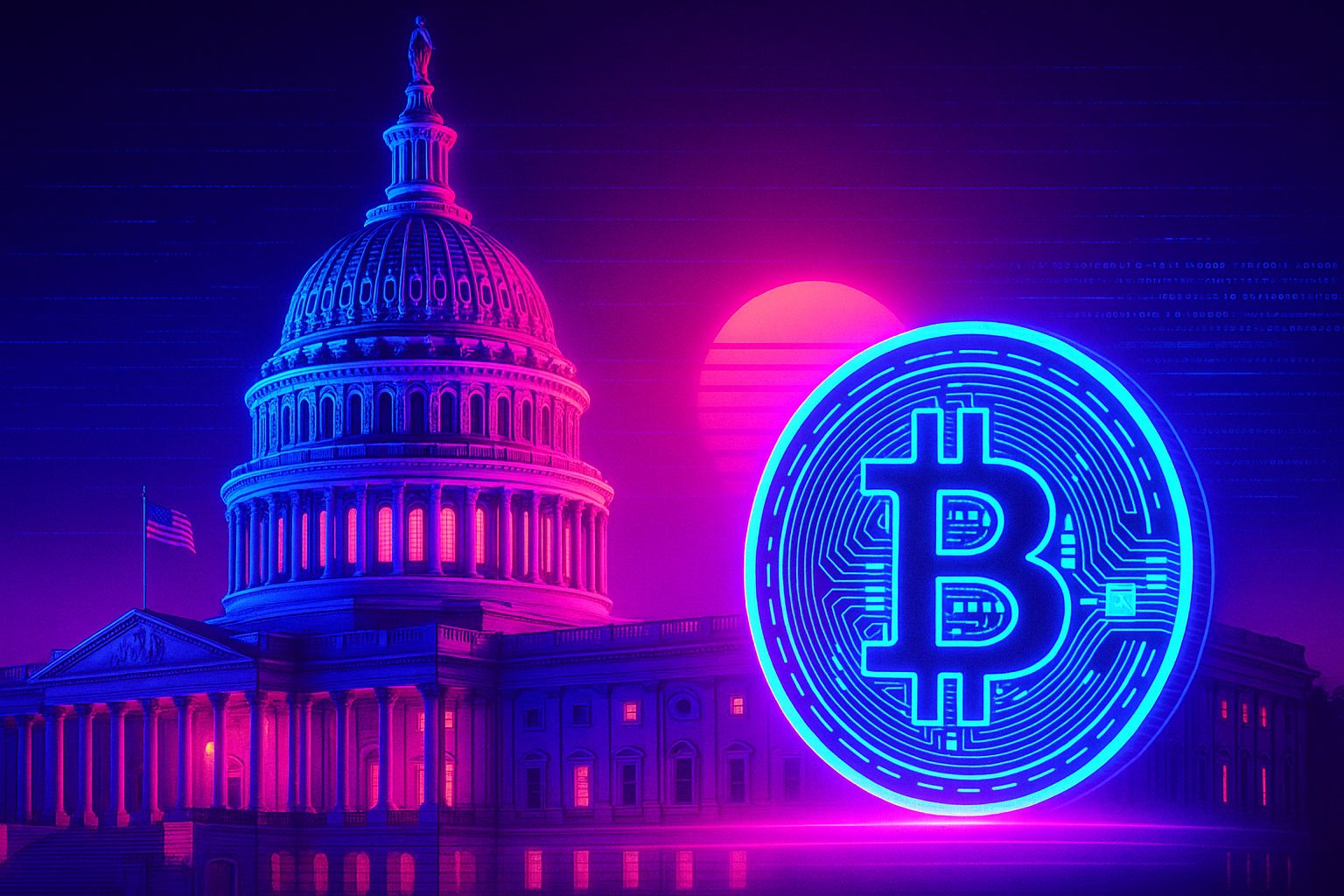The Internal Revenue Service issued new guidance that Treasury Secretary Scott Bessent said offers a "clear path" to stake digital assets for trusts.
Nov 10, 2025, 10:25 p.m.
A new safe harbor announced by the U.S. Internal Revenue Service on Monday is being seen as a major step toward allowing crypto exchange traded products (ETPs) to share staking rewards with their investors.
Under certain conditions, the new guidance allows trusts to "stake their digital assets without jeopardizing their tax status as investment trusts and grantor trusts for Federal income tax purposes," according to the IRS document, which went into effect immediately. Under proof-of-stake consensus mechanisms, network participants put up or "stake" some of their cryptos — Ethereum ETH$3,549.55 or another crypto — to secure the network, and they receive a return for that.
Treasury Secretary Scott Bessent posted on social media site X that the policy is "giving crypto exchange-traded products (ETPs) a clear path to stake digital assets and share staking rewards with their retail investors."
He said it "increases investor benefits, boosts innovation, and keeps America the global leader in digital asset and blockchain technology," echoing the routine sentiments of President Donald Trump and his vows that the U.S. will become the world leader in crypto.
"It effectively removes a major legal barrier that had discouraged fund sponsors, custodians, and asset managers from integrating staking yield into regulated investment products," said Bill Hughes, Consensys senior counsel and director of global regulatory matters, in his own post on X. "More regulated entities can now stake on behalf of investors, likely increasing staking participation, liquidity, and network decentralization."
Staking had been a hanging question since the arrival of crypto exchange traded products (ETFs), which brought a new wave of digital assets investment. The practice has arisen in conversations across the range of U.S. crypto police debates, and the Securities and Exchange Commission clarified earlier this year that staking doesn't run afoul of securities law.
Read More: Crypto Coalition Tells SEC Staking Is 'Essential Good,' Not a Security
The IRS guidance is targeted to permissionless proof-of-stake networks.
"The impact on staking adoption should be significant," Hughes said, saying the guidance "provides long-awaited regulatory and tax clarity."
The IRS's crypto office had been through significant recent leadership turnover, losing a series of managers this year as the Trump administration slashed staff and resources at the tax agency. The IRS didn't respond to media questions inquiring whether the office is still operating as before.
Read More: Head of IRS Crypto Work Exits as U.S. Tax Changes Loom For Digital Assets
More For You
Inside Zcash: Encrypted Money at Planetary Scale

A deep dive into Zcash's zero-knowledge architecture, shielded transaction growth, and its path to becoming encrypted Bitcoin at scale.
What to know:
In 2025, Zcash evolved from niche privacy tech into a functioning encrypted-money network:
- Shielded adoption surged, with 20–25% of circulating ZEC now held in encrypted addresses and 30% of transactions involving the shielded pool.
- The Zashi wallet made shielded transfers the default, pushing privacy from optional to standard practice.
- Project Tachyon, led by Sean Bowe, aims to boost throughput to thousands of private transactions per second.
- Zcash surpassed Monero in market share, becoming the largest privacy-focused cryptocurrency by capitalization.
More For You
Senate Ag Releases Long-Awaited Version of Crypto Market Structure Legislation

The bill brings Congress a step closer to firmly defining how the CFTC and SEC can oversee crypto.
What to know:
- The Senate Agriculture Committee published its draft crypto market structure bill, a necessary step as the Senate inches toward its own version of the House's Clarity Act.
- That committee's bill will need to be combined with its Senate Banking Committee counterpart before the Senate can advance the legislation, a process which may yet take months.
.png)
 2 hours ago
2
2 hours ago
2




